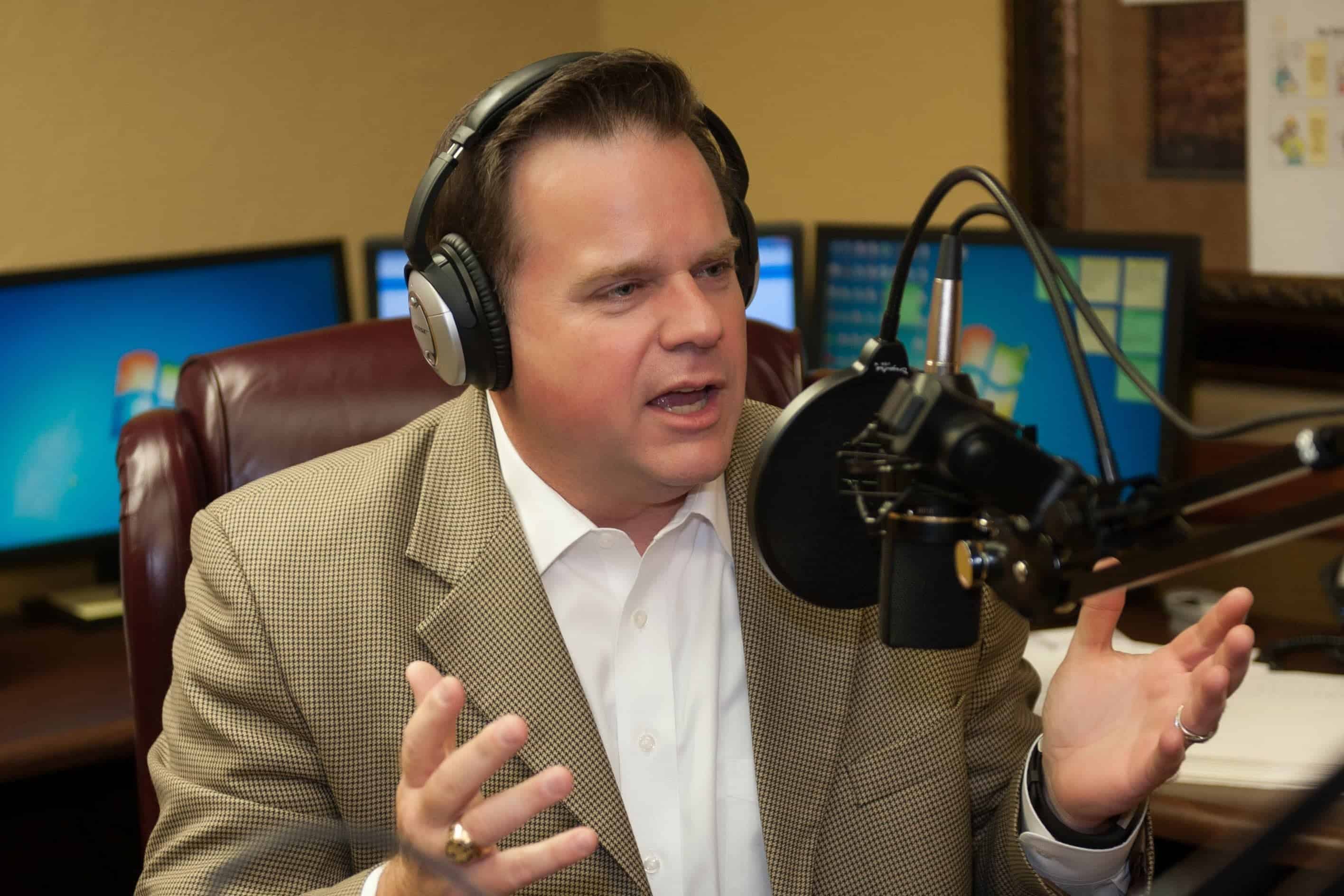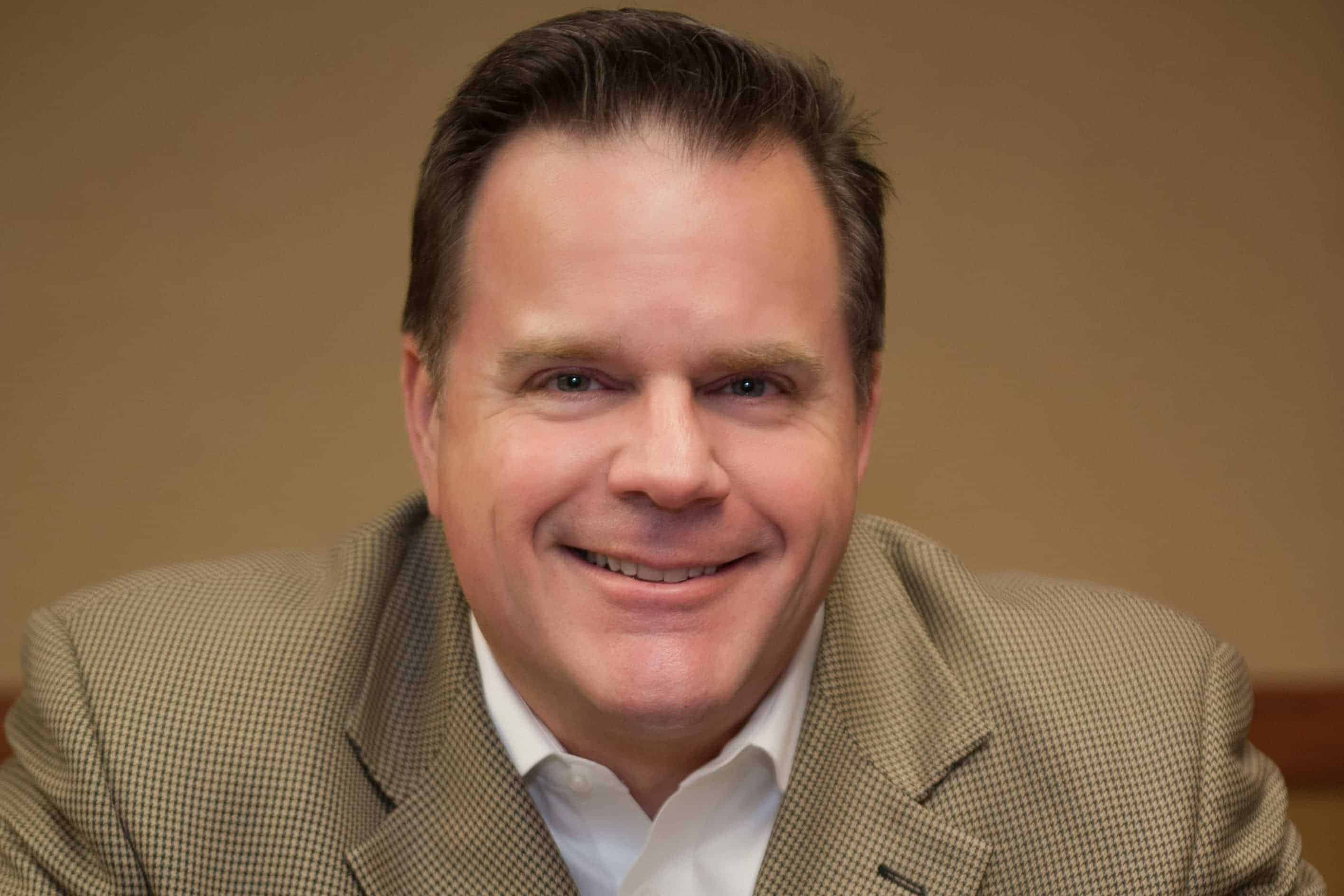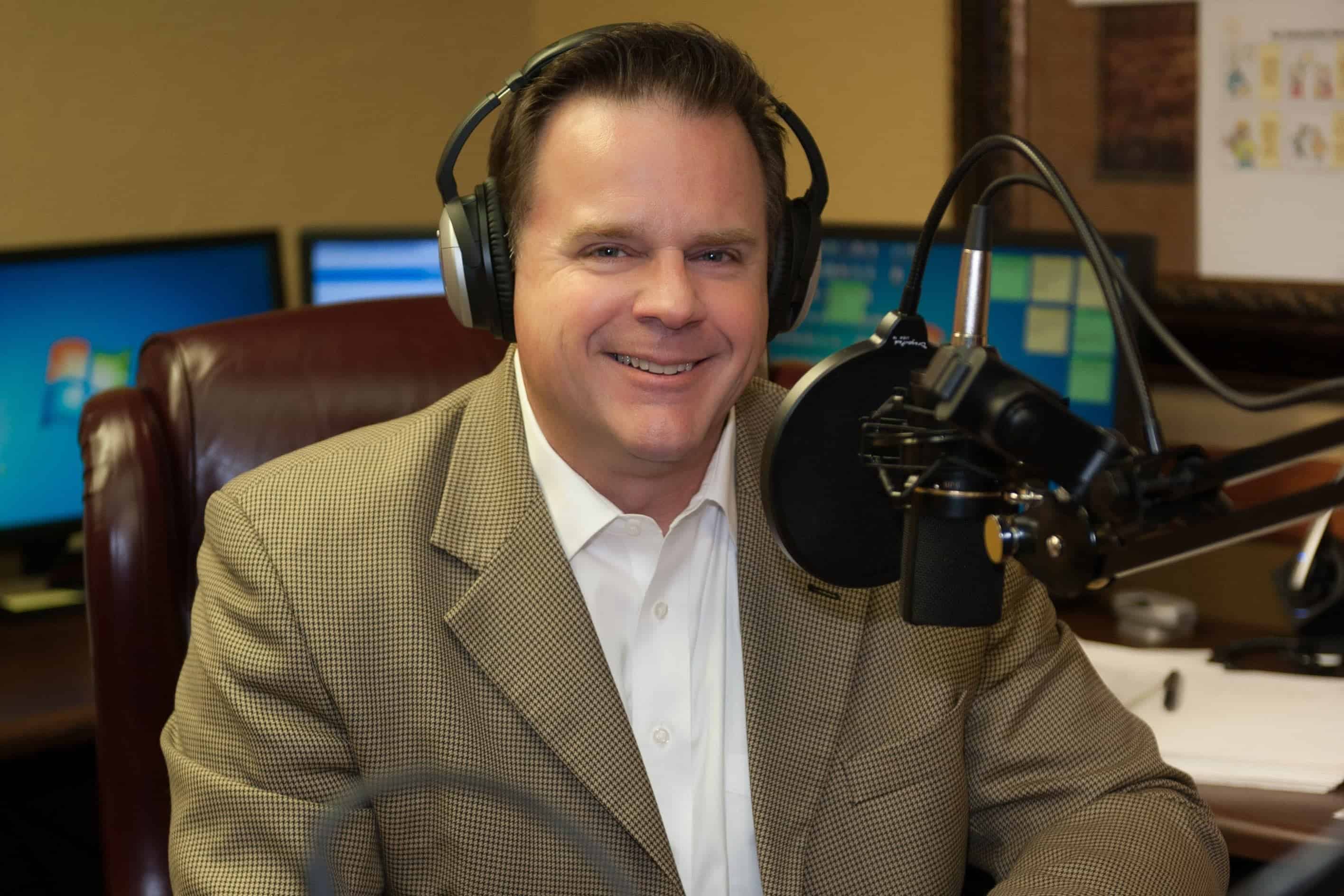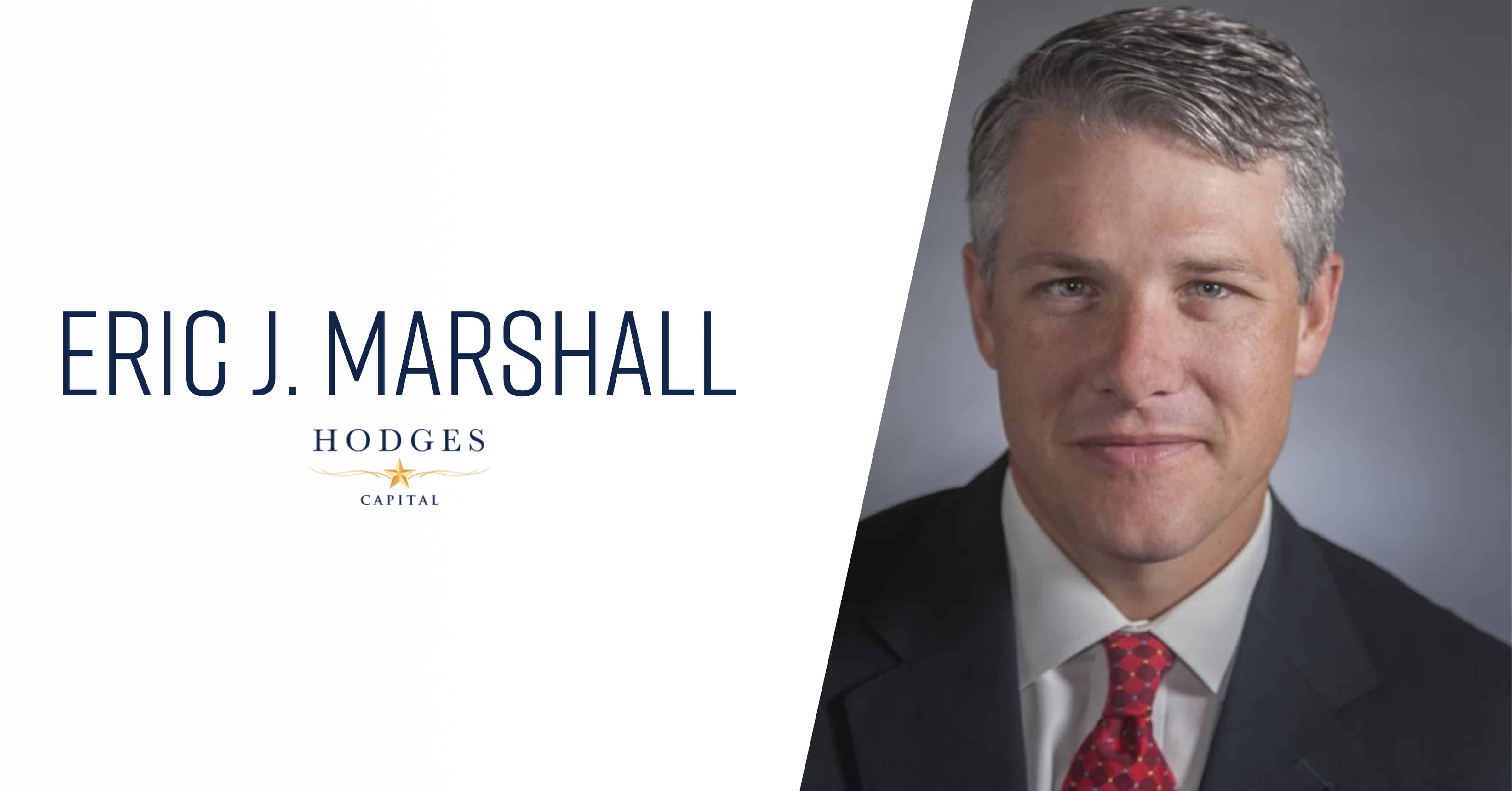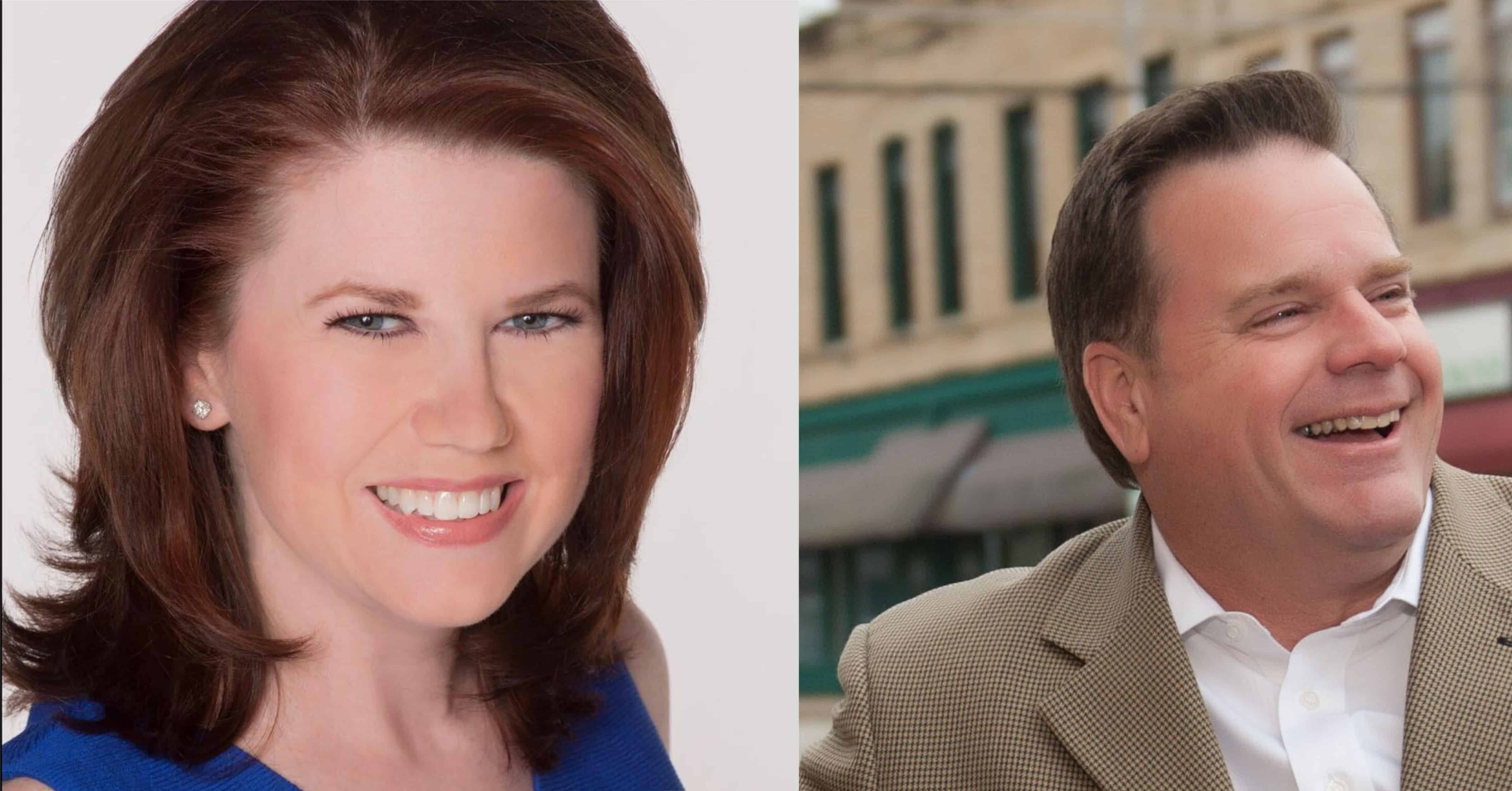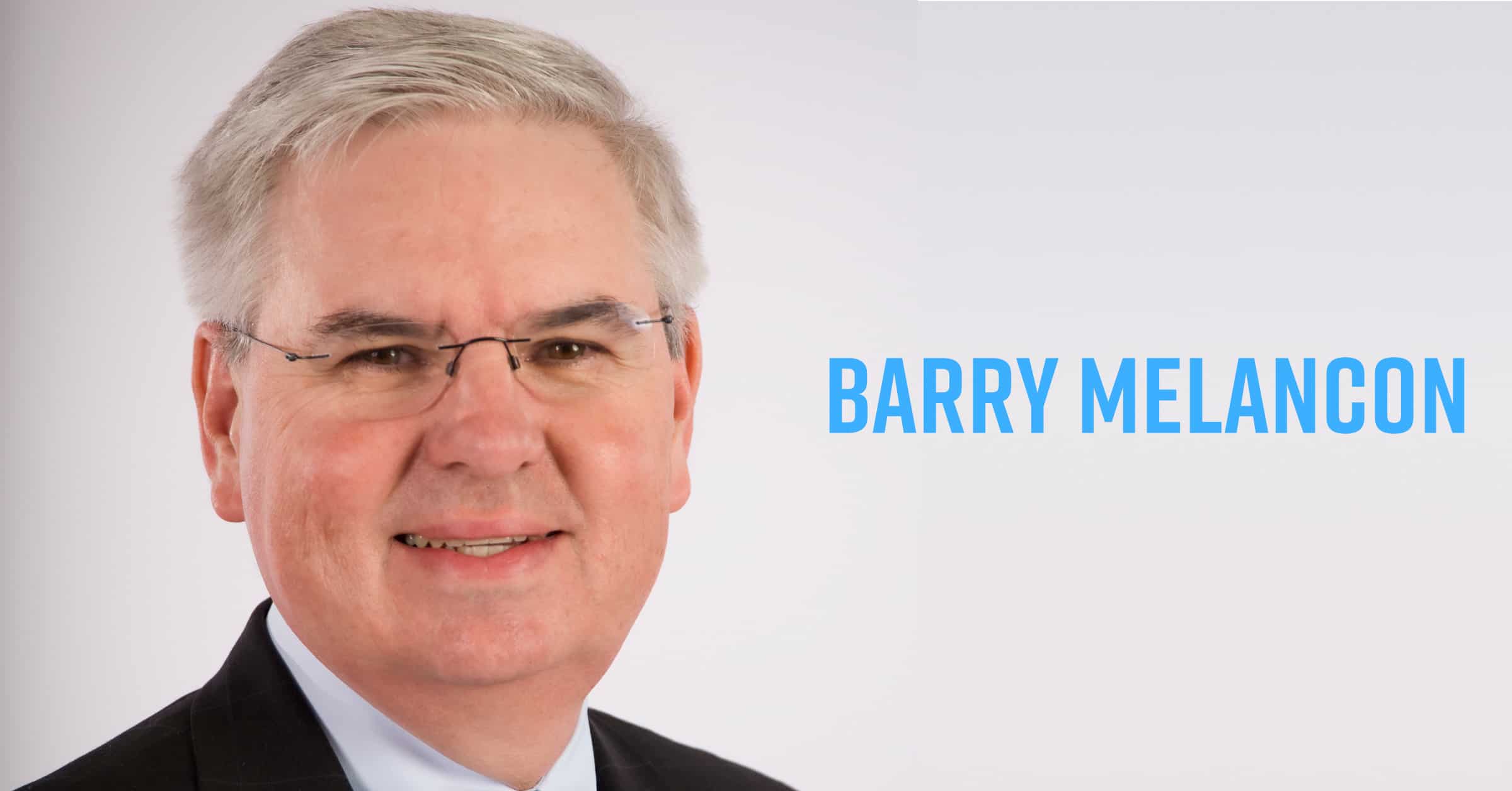The world has become a tenuous planet over the past couple of years. Many people have been impacted, some positively and many negatively. How do you think a person can become positively affected by such trauma and chaos in the world? First, the maintenance of attitude.
Negative people only seek ratification of their advice by recruiting others to the depths they find themselves. The positive people will be a much smaller, yet growing, group of people. No matter the opportunity, someone will always find the negative or “how can I lose” option in the venture. This mindset has not created happy people but rather a group of cynical, and often, maligned population that is skeptical of all positive attributes of life.
A person’s attitude is influenced in many ways. It is better to feed your mind with positive stories of successful people than to focus on excessive newsfeeds of the tragedies of the world. I recommend a good book be the focus of your time rather than negative news on a daily basis.
Another attitude influence is the friend circle you maintain. Personally, I spend ninety-nine percent of time around people that are successful, optimistic and charitable. There is always a success story shared among the group that inspires the rest of us to keep growing and making the world a better place for mankind. The most important asset we hold is our attitude. Assets and net worth are merely tools to accomplishing and maintaining a positive outlook in life by contributing the improvement of less fortunate people. When I see the reaction of families that are recipients of positive support, it motivates me to work harder in creating greater change in our community.
The stock market has recently reached bear market territory. That simply means the S&P 500 Index has fallen by 20% since January 1, 2022. Many of us look at our investment statements on the day after such market changes are posted and frown. Some of us look at this lower price in stocks as an opportunity to buy undervalued stocks that will pay dividends for decades to support our livelihood. Remember, the United States stock exchanges are auction markets. For every one that wishes to sell a stock, someone else must be willing to buy it.
For example, if I were to sell XYZ stock and posted my intentions on the exchange at “market”, a buyer could purchase the stock at whatever its price at the moment of purchase was posted in the marketplace. However, if I were a potential purchaser, I may wish to calculate a target price for which I wish to purchase XYZ and order a stock buy at the price. This means if I want to purchase for $25 and the stock is currently at $26 in the market, my buy order will go unfilled until the stock hits the order price called a buy limit order.
Why I am telling you all of this about attitude and your finances? The real reason is that you have worked for more than 30 years accumulating sufficient assets for your lifetime needs. Don’t allow your fears to cause you to make an immediate decision on a lifetime investment because of short-term market activities. We, as a country, have been here before in the markets and we will improve, and most likely, set new market highs in the future. The bigger question is when.
The manner you have invested your lifetime savings is critical to your long-term success. If you have concerns about your portfolio’s allocation and capabilities to withstand significant market headwinds, consider contacting a CERTIFIED FINANCIAL PLANNERTM professional. The goal is lifetime income for a better night’s rest. Stay positive!



